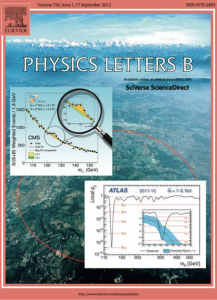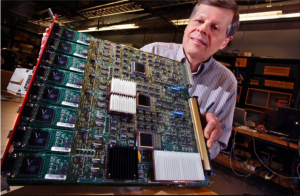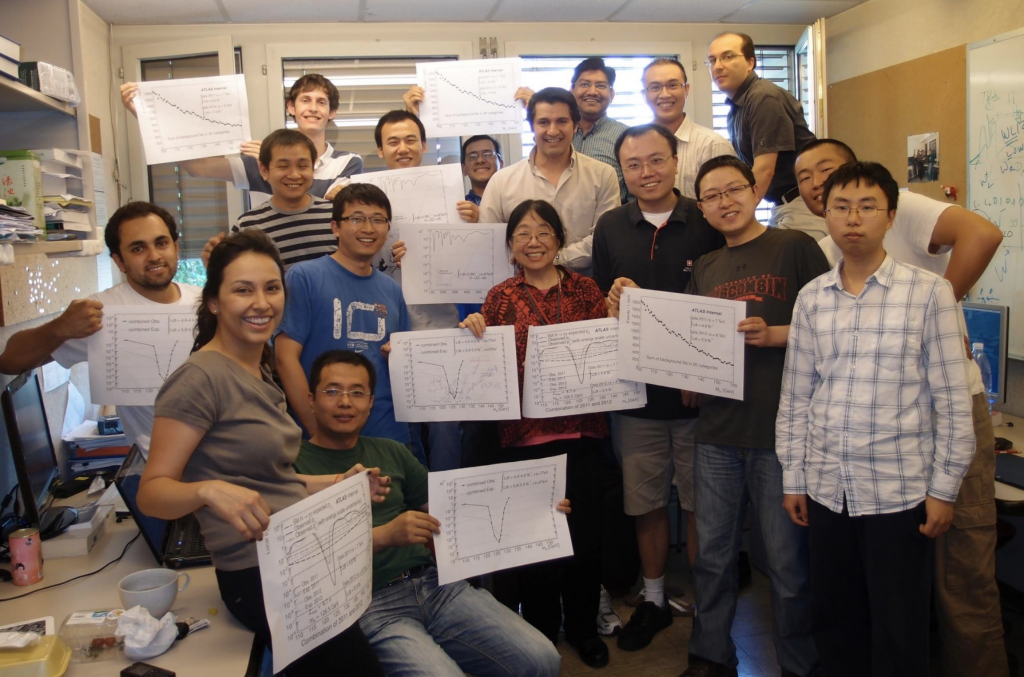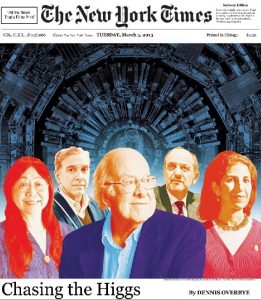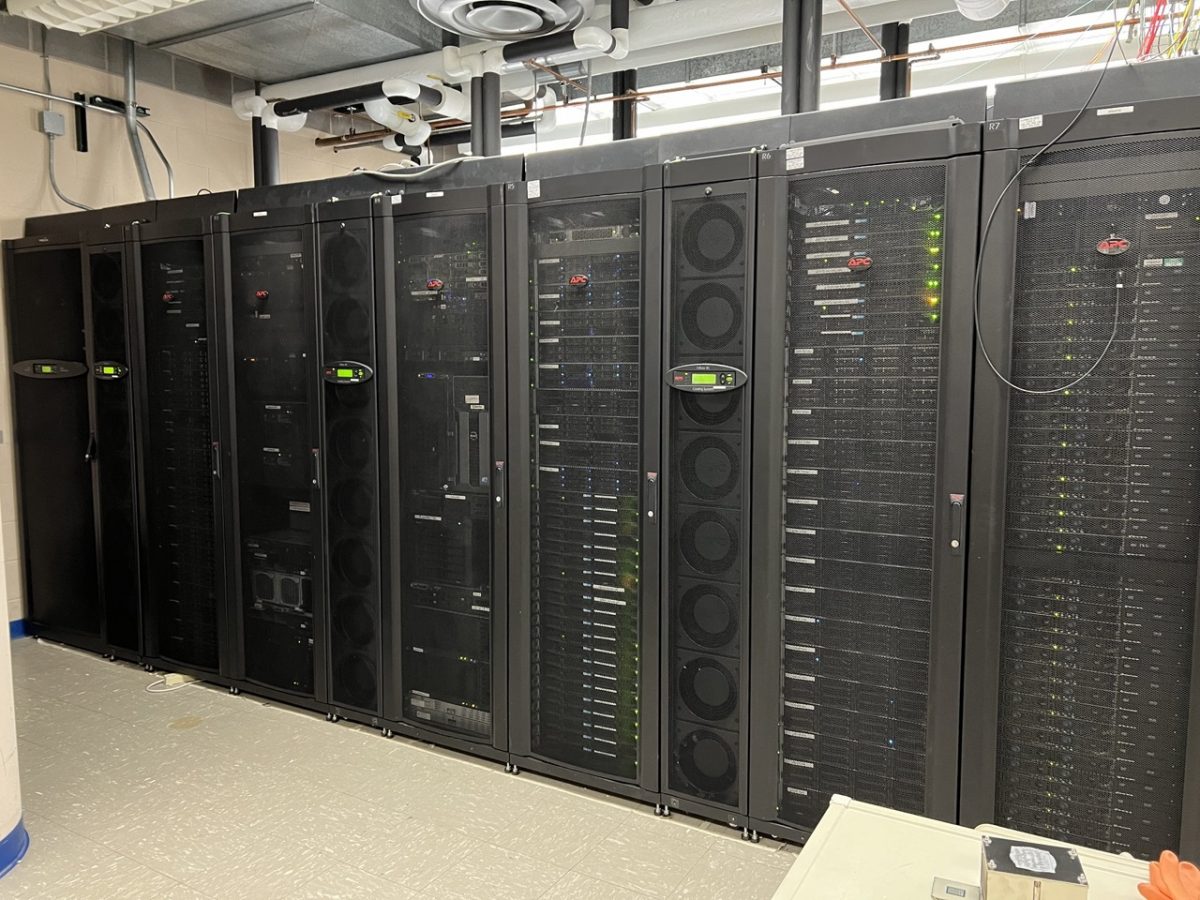
To truly understand our physical world, scientists look to the very small, subatomic particles that make up everything. Particle physics generally falls under the discipline of high energy physics (HEP), where higher and higher energy collisions — tens of teraelectronvolts, or about ten trillion times the energy of visible light — lead to the detection and characterization of particles and how they interact.
These collisions also lead to the accumulation of inordinate amounts of data, and HEP is increasingly becoming a field where researchers must be experts in both particle physics and advanced computing technologies. HEP graduate students, however, rarely enter graduate school with backgrounds in both fields.
Physicists from UW–Madison, Princeton University, and the University of Massachusetts-Amherst are looking to address the science goals of the HEP experiments by training the next generation of software and computing experts with a 5-year, ~$4 million grant from the U.S. Department of Energy (DOE) Office of Science, known as Training to Advance Computational High Energy Physics in the Exascale Era, or TAC-HEP.
“The exascale era is upon us in HEP and the complexity, computational needs and data volumes of current and future HEP experiments will increase dramatically over the next few years. A paradigm shift in software and computing is needed to tackle the data onslaught,” says Tulika Bose, a physics professor at UW–Madison and TAC-HEP principal investigator. “TAC-HEP will help train a new generation of software and computing experts who can take on this challenge head-on and help maximize the physics reach of the experiments.”

In total, DOE announced $10 million in funding today for three projects providing classroom training and research opportunities in computational high energy physics to train the next generation of computational scientists and engineers needed to deliver scientific discoveries.
At UW–Madison, TAC-HEP will annually fund four-to-six two-year training positions for graduate students working on a computational HEP research project with Bose or physics professors Keith Bechtol, Kevin Black, Kyle Cranmer, Sridhara Dasu, or Brian Rebel. Their research must broadly fit into the categories of high-performance software and algorithms, collaborative software infrastructure, or hardware-software co-design.
Bose’s research group, for example, focuses on proton-proton collisions in the Compact Muon Solenoid (CMS) at the CERN Large Hadron Collider (LHC). The high luminosity run of the LHC, starting in 2029, will bring unprecedented physics opportunities — and computing challenges, challenges that TAC-HEP graduate students will tackle firsthand.
“The annual data volume will increase by 30 times while the event reconstruction time will increase by nearly 25 times, requiring modernization of the software and computing infrastructure to handle the demands of the experiments,” Bose says. “Novel algorithms using modern hardware and accelerators, such as Graphics Processing Units, or GPUs, will need to be exploited together with a transformation of the data analysis process.”
TAC-HEP will incorporate targeted coursework and specialized training modules that will enable the design and development of coherent hardware and software systems, collaborative software infrastructure, and high-performance software and algorithms. Structured R&D projects, undertaken in collaboration with DOE laboratories (Fermilab and Brookhaven National Lab) and integrated within the program, will provide students from all three participating universities with hands-on experience with cutting-edge computational tools, software and technology.
The training program will also include student professional development including oral and written science communication and cohort-building activities. These components are expected to help build a cohort of students with the goal of increasing recruitment and retention of a diverse group of graduate students.
“Future high energy physics discoveries will require large accurate simulations and efficient collaborative software,” said Regina Rameika, DOE Associate Director of Science for High Energy Physics. “These traineeships will educate the scientists and engineers necessary to design, develop, deploy, and maintain the software and computing infrastructure essential for the future of high energy physics.
